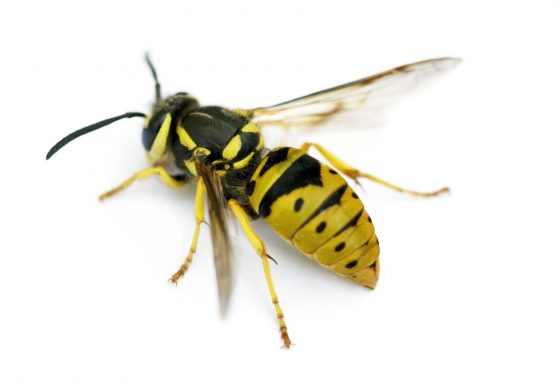Understanding the Life Cycle of Yellow Jackets
Not every black-and-yellow flying creature you see outdoors is a bee. Those creatures you encountered could be yellow jackets. Wasps that are pollinators and that live by the thousands in colonies, like bees are very similar to yellow jackets.
The difference in their appearances is that while bees have rounded abdomens, hair, and expanded hind legs used for transporting pollen, yellow jackets can have white coloration in addition to their yellow and black body markings, their waists are more defined and thinner, and their wings are elongated, thus folding laterally when not in use.
A potential pest problem
Yellow jackets can be beneficial to the environment because they eat harmful pests like flies and beetle grubs. However, they can be considered pests themselves. Yellow jackets tend to frequent areas where food and wastes can be found, like picnic areas or garbage disposal facilities, to feed.
In addition, and perhaps more importantly, yellow jackets can become quite aggressive when it comes to defending their territory. If their nest is disturbed, they can sting animals or humans when they feel threatened. Compared to the larger stingers in bees that detach from their bodies when they pierce another animal’s skin, a yellow jacket’s stinger is lance-like and contains small barbs, enabling the wasp to deliver multiple stings.
An attack from multiple yellow jackets can cause severe allergic reactions in some individuals. As such, people immediately call a Modesto pest control company when they find these wasps’ nests in their property.
Yellow Jacket Life Cycle
It helps to know more about potentially harmful or pesky creatures, so here is a brief look at a yellow jacket’s life cycle:
- Winter signals the start of the cycle, when fertilized yellow jacket queens hibernate.
- When spring arrives, the queen emerges and builds a nest by chewing up fiber and turning it into a kind of paper. She will then begin laying eggs.
- Larvae emerge from the eggs and the queen feeds them other insects or scavenged meat. This first batch of offspring is made up of sterile female worker yellow jackets; they are tasked with expanding the nest, caring for the queen and her other offspring, and searching for food.
- The queen will remain the in the nest and keep laying eggs all summer. Her first generations of wasps mature — there can be as many as 5,000 worker wasps in a colony.
- In the fall, the larvae in the nest cells will grow and become adult. Fertile males and females that will leave the colony to mate. The males die after mating and the fertilized females will go off to find their hibernation spots for the winter. Afterward, the cycle will repeat. Meanwhile, the worker yellow jackets die in winter. The used nests will not be used again.
If you are dealing with a wasp infestation in Modesto, contact the local professionals at AAI Pest Control as soon as possible to eliminate your pesky threat.
Understanding the Life Cycle of Yellow Jackets Professional Pest Control Services in Tracy CA
Serving

